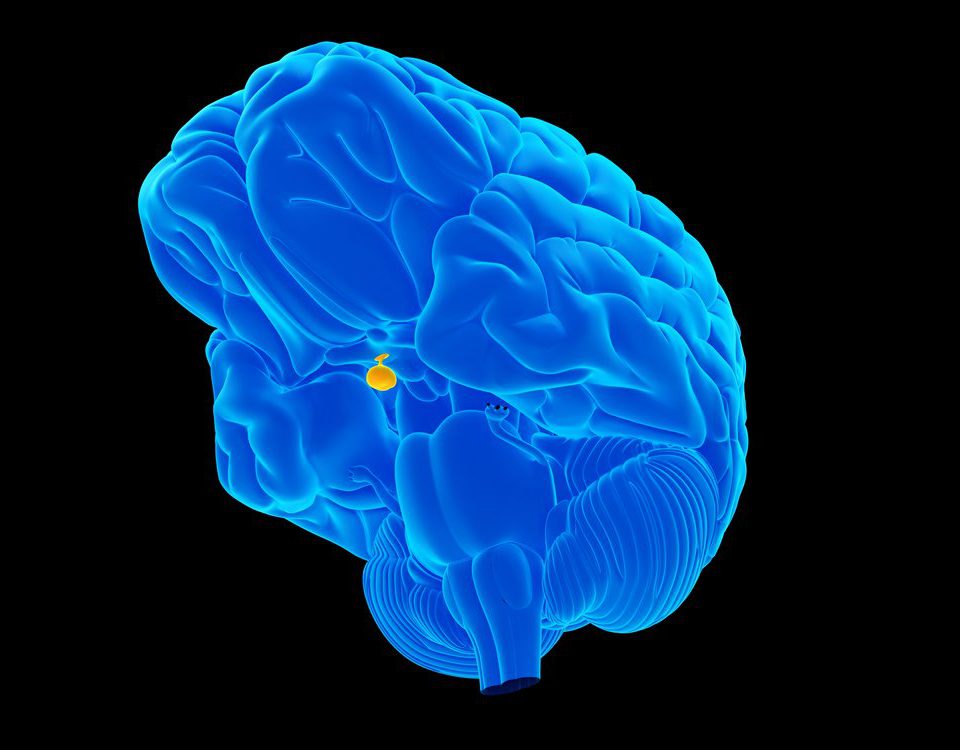Screening of Brain Tumors
Screening of Brain Tumors

Screening of Brain Tumors Using Functional Connectivity Patterns of Steady-State Visually Evoked Potentials
Abstract
Objective: The irregular growth and proliferation of cells in the brain and skull is named brain tumor, which is a special serious type of tumor due to its location. Nowadays, brain tumor is diagnosed by using imaging techniques such as computed tomography, positron emission tomography, single photon emission computed tomography, infrared imaging, magnetic resonance imaging (MRI), and functional MRI. However, these methods are not affordable to be used as screening tests. In contrast, electroencephalography has the ability of measuring biological signals, and it is a cost-effective and non-dangerous tool, being feasible to be used for screening purposes. The aim of this research was to evaluate the possibility of brain tumor detection, using functional connectivity features extracted from steady-state visually evoked potentials of eight brain tumor patients and four healthy control participants.
Methods: For this purpose, after preprocessing, phase lag index was calculated as a functional connectivity measure. Afterward, four of the channels were chosen as the selected nodes, based on the highest number of strong connectivity (top 5%) as well as the most significant ones. The selected nodes were O1, O2, P3, and P4. As a final step, node strength was calculated for these selected nodes, which was used to classify the samples in the two groups, using Naïve Bayes, discriminant analysis (DA), k-nearest neighbors, support vector machines, and logistic regression methods.
Results: The highest accuracy of 89.6% was obtained by using a DA classifier. This result shows that, in fact, brain tumor has the ability of changing brain functional connectivity.
Conclusion: As the physiological alterations may occur sooner than the anatomical ones in tumor onset, detection of these alterations may be a useful measure for early diagnosis of this disease. This is still a primary study, but with the possibility of leading to further research, which can lead to the development of a method for the screening and early detection of brain tumor.
Impact statement
Imaging modalities are often used to diagnose brain tumors. However, these approaches are cost prohibitive for screening tests. Electroencephalography, a method that measures biological signals from the brain, on the other hand, is cost-effective, non-dangerous, and non-invasive, making it an ideal screening tool. The goal of this study is to analyze whether functional connectivity patterns taken from Steady-State Visually Evoked Potentials may be used to detect brain tumors at early stages. Since physiological changes occur before anatomical ones in tumor development, monitoring these alterations could be a useful tool to screen high-risk individuals, and also to an early diagnosis of the disease.
https://www.liebertpub.com/doi/abs/10.1089/brain.2021.0170


